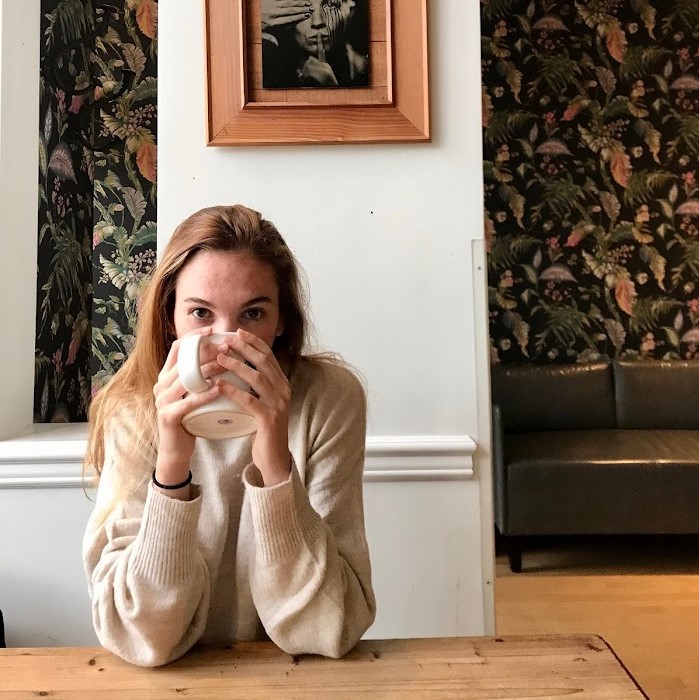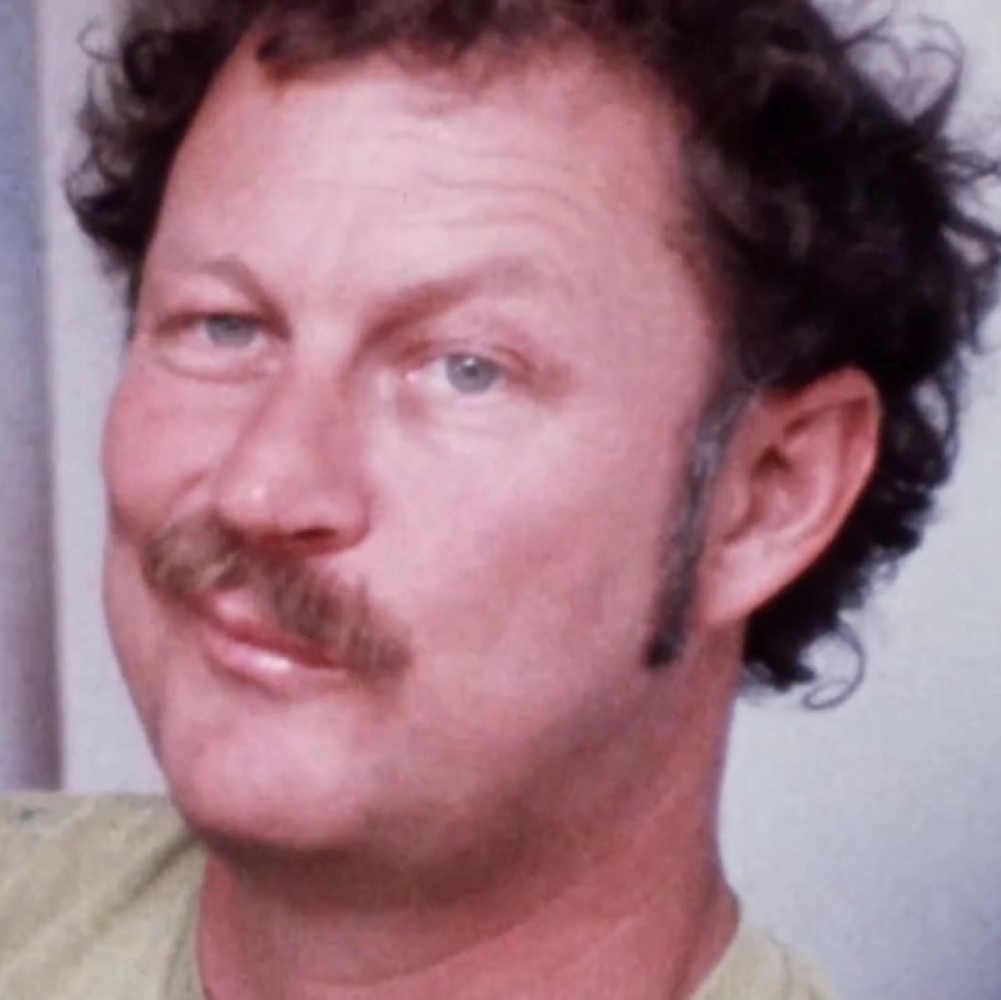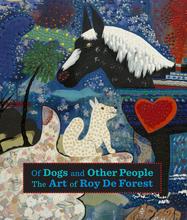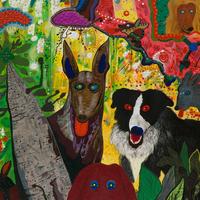More about Roy De Forest
- All
- Info
- Shop
Works by Roy De Forest

Contributor
Roy De Forest — lover of canines, vibrant dots, and a man with a special affinity for nuts.
De Forest rebelled against the popularity of Abstract Expressionism and forged his own path of expression. Born in 1930 on a farm in Platte, Nebraska, De Forest grew up surrounded by farm animals and dogs. His family moved west to Washington to flee the harsh realities of the Great Depression, and in his early twenties, De Forest made his way down to the Bay Area where he received his BA from the California School of Fine Arts. While a sign painter for the U.S. Military, De Forest earned his MFA from San Francisco State College.
Before De Forest became the artist we associate with canines, he worked as an art technician at SFMOMA. His art handling career was cut dramatically short after a Herbert Ferber sculpture fell on him. De Forest returned to Washington to recover and it was during this time at the family farm that he began to experiment, and his signature style of dots came to fruition. De Forest described his infamous dot style as, “more or less what you’d think of when you see a landscape from an airplane.” This period of healing and reflection allowed De Forest to rebel against his formal artistic training and embrace subjects and styles otherwise seen as academic taboos— mainly fantastically colored dogs and horses
After recovering from his incident and successfully conceiving his signature style, De Forest moved back to the Bay Area in 1960 and by 1965 he joined the all star team of art professors at UC Davis. De Forest worked closely with colleagues Robert Arneson, Manuel Neri, Wayne Thiebaud, and William T. Wiley, who are all known today as being the key members of the Bay Area Funk Art movement. Not only were these professors in cahoots to dismiss all things New York, they also fostered a safe space for unconventional artistic production, now termed, “Nut Art.” Nut Art defined itself as a non-style, with the simple mission to embrace joy and the idiosyncrasies of life. De Forest even formally wrote a “Nut Art Manifesto” in 1972, in which he describes the work of an eccentric nut artist: “The nut artificer travels in a phantasmagoric micro-world, small and extremely compact, as is the light of a dwarf star imploding inward and in passage collapsing paradise and hell to one as it vanishes forever with our joys, sorrows and unrequited love.”
A vocal opponent of Abstract Expressionism, and Clyfford Still specifically, De Forest believed figuration and abstraction were one. He dismissed the modernist ideal that art was a sanctified object—one full of existential angst, seriousness, and impulsivity so commonly associated with Abstract Expressionism and the high society New York Art scene. To provoke art snobs even further, De Forest proclaimed that art was simply a way for him to entertain himself. Although De Forest approached art in a free and whimsical fashion, his favorite artist is quite surprising—the controlled and stoic Piet Mondrian.
De Forest was into using a variety of mediums, especially the quirky odds and ends. He would include materials of all sorts in his two dimensional works. Inspired by the back of the paintings he installed as an art handler, De Forest regularly added three dimensional elements to his paintings, and felt uninspired by the flatness that a two dimensional painting offered. At UC Davis he taught a recurring class on art materials and his financial records confirm his love of art supplies and invention.
Scenes of circus life can be found in many of De Forest’s paintings because of his fascination with his French grandfather who was a circus performer. De Forest himself proclaimed the act of making art as an acrobatic performance. In any case, no one could argue that he had fun making his art, an enjoyment no doubt enhanced by giving the figurative middle finger to the hoity-toity New York elite.
De Forest died of cardiac arrest in 2007.
Sources
- Duncan, Michael. “Roy De Forest: Tough Nut.” Essay. In Of Dogs and Other People: The Art of Roy De Forest, 10–19. Oakland, CA: University of California Press, 2017.
- Kirwin, Liza. “Roy De Forest Papers.” American Art Journal 56, no. 1 (2017). https://doi.org/https://www-journals-uchicago-edu.libproxy.scu.edu/doi/….
- Landeur, Susan. “Valley of the Dots: The Early Years at UC Davis .” Essay. In Of Dogs and Other People: The Art of Roy De Forest, 70–91. Oakland, CA: University of California Press, 2017.
- Landeur, Susan. “Origins.” Essay. In Of Dogs and Other People: The Art of Roy De Forest, p. 22-29. Oakland, CA: University of California Press, 2017.
- “Roy De Forest.” Artnet.com. Accessed November 5, 2021. http://www.artnet.com/artists/roy-de-forest/.
- “Roy De Forest.” Venus Over Manhattan, March 2020. Venus Over Manhattan. https://www.venusovermanhattan.com/exhibitions/roy-de-forest.
- Smith, Roberta. “Roy De Forest’s Greatness Shines Even in a Virtual Display.” The New York Times, April 13, 2020. https://www.nytimes.com/2020/04/09/arts/design/roy-de-forest-virtual-ga….
Featured Content
Here is what Wikipedia says about Roy De Forest
Roy De Forest (11 February 1930 – 18 May 2007) was an American painter, sculptor, and teacher. He was involved in both the Funk art and Nut art movements in the Bay Area of California. De Forest's art is known for its quirky and comical fantasy lands filled with bright colors and creatures, most commonly dogs.
Check out the full Wikipedia article about Roy De Forest












